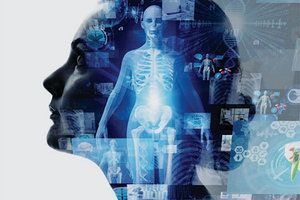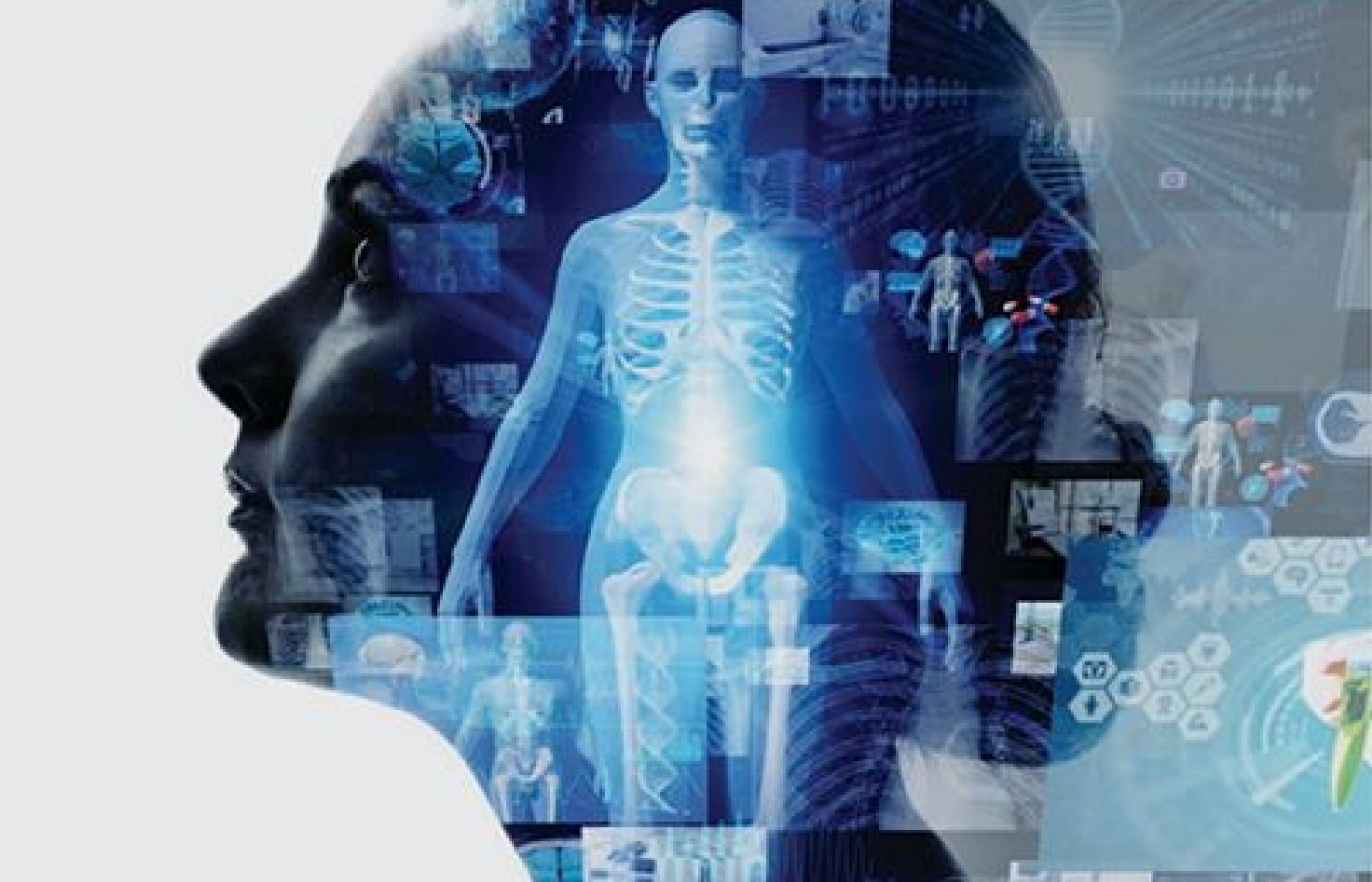Recent laws in New Jersey and California represent a disturbing trend that will negatively impact a practice’s ability to collect monies from patients, as well as expose them to significant penalties if the practice does not follow the mandatory guidelines to a T. Please be aware that a similar law may be coming to your state. The time to act is before the law is passed.
The Link Between Mind and Body: Emotions as Exhibit A
Author's note: The rising tide of both research and public awareness in stress-related issues understandably points our attention to the brain and central nervous system. Accordingly, it is of special interest to the chiropractic profession to be aware of the interconnectedness of the musculoskeletal, immune and hormonal systems, among others. While orthopedically oriented chiropractors have made great strides in addressing the musculoskeletal system, many of their colleagues have at the same time been successfully addressing and utilizing brain, mind, emotional and immunological mind-body connections through a variety of approaches and techniques. Most often, these concepts have been applied to augment the musculoskeletal techniques by specifically addressing the chronic recurring vertebral subluxation. How are all these systems interconnected? The answer might be like the air we breathe, so pervasive it sometimes goes unnoticed. The answer is emotions. All of these non-orthopedic chiropractic techniques eventually interface with the emotions. The following series of articles elucidates these vital connections.
Chiropractors, take note: It doesn't take much of an imagination to appreciate how, upon hearing bad news, that one's "heart sank" – that our emotions and state of health are tightly connected. On the link between emotions and health, it was William Shakespeare who provided an historical perspective by declaring, "Our bodies are our gardens ... our wills are our gardeners."1 Cumulatively, the emotions that can be identified as significant drivers of bodily changes in health are termed stress.
Stress as a Driver of Health Changes

Perhaps spurred by the Great Depression, the presence of stress was considered to be so omnipresent that Hans Selye, the first to use the term in a biological context, considered stress to be "in addition to being itself, was also the cause of itself, and the result of itself." His definition of stress was "the nonspecific response of the body to any demand placed upon it."2
It is actually stress that brings the link between emotions and bodily health into bold relief. It's unlikely that anyone has escaped stress in his or her lifetime. The same holds true for virtually every body system: the musculoskeletal system, the heart and blood vessels, immune system, digestive system, lungs, sensory organs and brain being the most likely targets to react to the perceived danger that constitutes stress. It's an adaptive response that in some instances can be considered to be beneficial; but more likely over time can become a substantial risk factor.
Accordingly, the toll of stress in the United States is actually both broad and deep, including the following statistics taken by the American Psychological Association from a representative sample of 1,226 adults taken in 2011:3
- Fifty-three percent of Americans reported personal health problems as the result of stress in 2011, an increase from 47 percent in 2009.
- Ninety-four percent of Americans believe stress can contribute to a major illness, such as heart disease, depression or obesity.
Stress Reactions Run Deep
In terms of the body systems and metabolic systems affected, the story perhaps begins best with the brain, which, when perceiving a threat, activates the HPA axis with the release of cortisol as the primary glucocorticoid affected, affecting systems throughout the body in responding to the stressor. This includes the heart and circulatory system, lungs, immune system, skin, and various metabolic pathways.4 Also released are the catecholamine hormones, including norepinephrine and epinephrine (adrenaline).
The emotional fallout of stress affects heart rhythms, as well as increasing the adhesiveness of subpopulations of blood cells, possibly as a preparation for clotting in case of injury. Stress leading to depression may be associated with greater intima-medial thickness, an indication of worsening arterial disease. Combined with the release of inflammatory markers into the bloodstream, all these factors increase the risk of heart attack or stroke.
Interactions between the endocrine and immune system involved in stress reactions are exemplified by such examples as (1) lymphocyte proliferation in response to catecholamines, (2) T-cell proliferation in response to vasopressin and oxytocin, or (3) cytokine production in response to ACTH.5 And at the cellular level, increased chronic stress has been shown most prominently to allow inflammatory processes to remain unchecked.6
Finally, cognitive centers in the brain are affected by cortisol overproduction in stress, adversely affecting memory.7-8 To emphasize a point, how many times have we gone into brain freeze in the face of a stressful event? In other words, we are seeing the translation of emotions into physiological events.
Traditional Biomedicine's Evolution
In view of these considerations, it was not without reason that George Engel at the University of Rochester more than 40 years ago found faults with traditional biomedicine (TB) along three lines of thought he believed were responsible for dehumanizing care:9
- TB's dualistic nature in separating mind and body appeared to focus upon body as more "real" and thus more deserving of a scientific clinician's attention.
- TB's excessively materialistic and reductionist orientation of medical thinking stipulated anything that could not be objectively framed at the level of cellular and molecular events could be ignored or devalued.
- TB's ignoring the influence of the subjective element on the part of the observer meant important aspects of the medical characteristics under clinical review were overlooked. In truth, these properties were actually highly dependent upon the persons involved and the initial patterns in which they were presented; in much the same way that weather systems have been suggested to be indirectly affected by supposedly external and minor changes in what is currently known as the Butterfly Effect.10
TB's evolving sense of clinical reality has rejected the linear cause-effect model. Instead, it embraces the social environment; in particular, the patient's emotions. In this perspective, biological, psychological and social processes are inextricably bound up in physical health and illness, leading to the emergence of the biopsychosocial (BPS) model as now embraced by both the WHO and the World Federation of Chiropractic. We have already seen how emotions, together with stress and social, support, demonstrate important roles in the progression of numerous diseases, such as cardiac disease and cancer.11-12
Candace Pert, demonstrating the central role of the receptor as a mediator of the nervous system's responses to environmental stress, then concluded over 20 years ago that "the molecules of our emotions share intimate connections with, and are indeed inseparable from, our physiology."13 Polyvagal-informed dance/movement therapy for trauma is but one example how a physical action can directly affect emotion, again demonstrating the mind-body connection.14
Finally, Helene Langevin, director of the National Center for Complementary and Integrative Health, announced in a webinar on Feb. 19, 2020, the launching of a five-year NIH strategic plan dedicated to whole-person health anchored by the psychosocial approach in research and clinical care.15
The Chiropractic Connection ... and Opportunity Moving Forward
Because chiropractors have traditionally connected with their patients in an egalitarian manner with regard to the patients' socioemotional status,16-17 DCs can be shown to have embraced the BPS model. Indeed, none other than D.D. Palmer described tone as "the normal degree of nerve tension ... the expression in function by normal elasticity, activity, strength and excitability of the various organs as observed in a state of health."18
In particular, the interdependence of mental, emotional, biochemical and structural influences have been promoted in chiropractic teachings for several years.19 As with all health care professions, chiropractic now has the opportunity to delve further into the connections between emotion and clinical events – both in presentation and in treatment; as well as emphasize multidisciplinary collaboration to enhance this pursuit.
Editor's Note: Dr. Rosner's next article "will introduce an approach that offers a noteworthy achievement of these ends in accessing the apparent power of patient emotions in guiding and enhancing clinical treatment." Click here for complete references supporting the citations in this article.
References
- Shakespeare W. "Othello," Act 1, Scene 3.
- Selye H. The Stress of Life. New York, NY: McGraw-Hill, 1956.
- http://www.apa.org/news/press/releases/stress/2011/final-2011.pdf. Accessed 09/14/13
- McEwen BS. Protection and damage from acute and chronic stress: allostasis and allostatic overload and relevance to the pathophysiology of psychiatric disorders. Ann New York Acad Sci, 2004;1032:1-7.
- Khansari D, Murgo A, Faith R. Effects of stress on the immune system. Immunology Today 1990;11:170-175.
- Liu Y-Z, Wang X-X, Jiang C-L. Inflammation: the common pathway of stress-related diseases. Front Human Neurosci, 2017;11:316.
- Newcomer JW, Selke G, et al. Decreased memory performance in healthy humans induced by stress-level cortical treatment. Arch Gen Psychiatry, 1999;56(6):527-533.
- Lee BK, Glass TA, McAtee MJ, et al. Associations of salivary cortisol with cognitive function in the Baltimore memory study. Arch Gen Psychiatry, 2007;64(7):810-818.
- Engel G. The need for a new medical model: a challenge for biomedicine. Science, 1977;196:129-136.
- Boeing G. Visual analysis of nonlinear dynamics systems: chaos, fractals, self-similarity and its limits of prediction. Systems, 2016;4(4):37.
- Anderson NB. Biobehavioral outcomes following psychological interventions for cancer patients. J Consult and Clin Psychol, 2002;70:590-610.
- Smith TW, Ruiz JM. Psychosocial influences on the development and course of coronary heart disease: current states and implications for research and practice. J Consult and Clin Psychol, 2002;70:548-568.
- Pert CB. The Molecules of Emotion. New York, NY: Touchstone, 1999, p. 18.
- Gray AEL. Polyvagal-informed dance/movement therapy for trauma: a global perspective. Amer J Dance Ther, 2017;39:43-46.
- National Center of Complementary and Integrative Health, National Institutes of Health. Webinar: "Whole Person Health Strategic Plan, 2021-2026," Feb. 19, 2020.
- Kane RL, Olsen D, Leymaster C, et al. Manipulating the patient. A comparison of the effectiveness of physician and chiropractor care. Lancet, 1974;1(7870):1333-1336.
- Palmer BJ. Answers. Davenport: Chiropractic Fountain Head, 1952, p. 763.
- Palmer DD. The Chiropractor's Adjuster [The Text-Book of the Science, Art, and Philosophy of Chiropractic]. Portland, OR: Portland Printing House, 1910.
- Keating JC Jr, Harper WD Jr. Anything can cause anything. J Canad Chiro Assoc, 2008;52(1):38-66.



